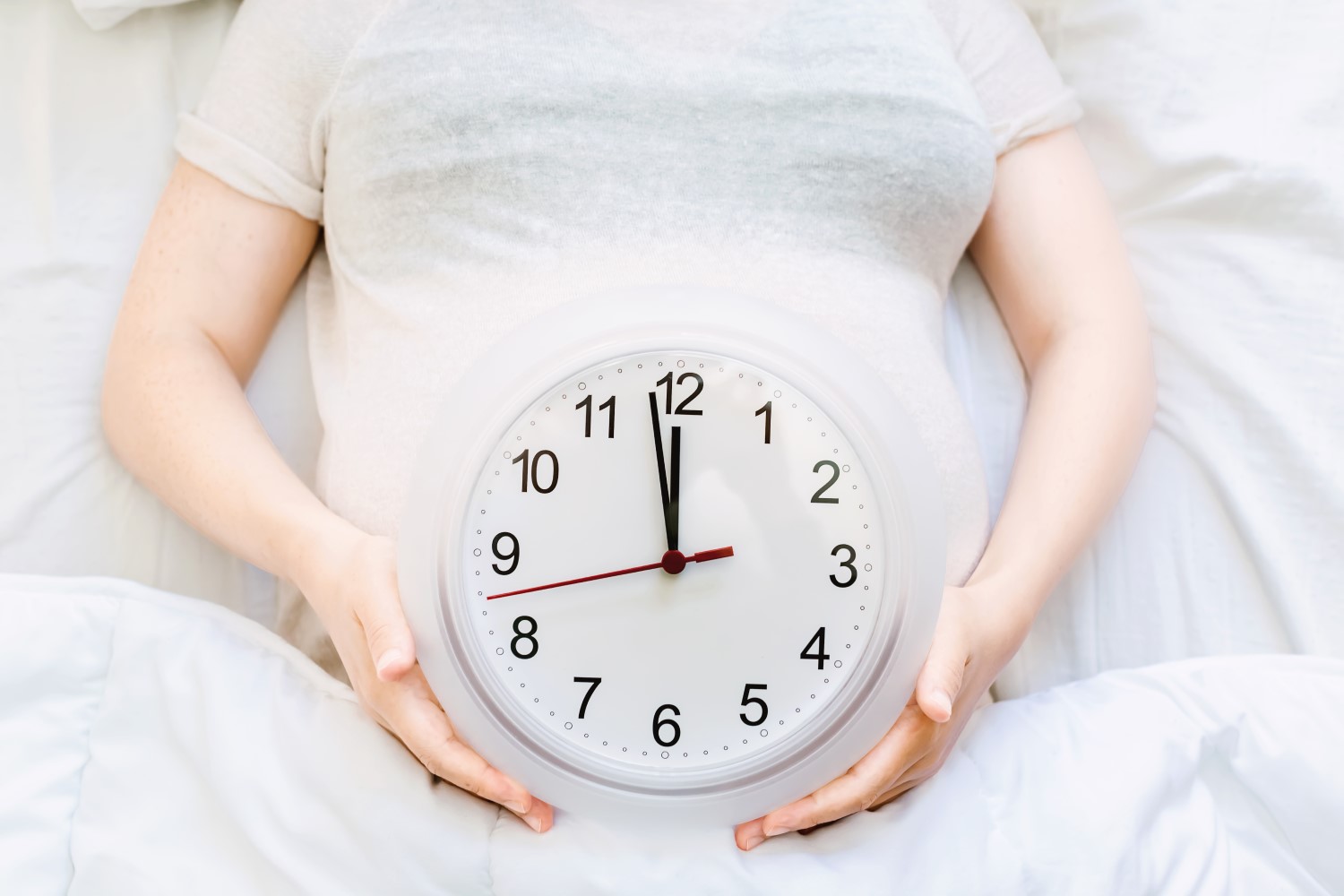Many celebrities seem to be able to beat their biological clock and have successful pregnancies in their late 40’s, including Halle Berry, Kristin Davis, Nicole Kidman, Natalie Imbruglia, Mariah Carey to name a few.
The latest statistics from the Australia Bureau of Statistics report an increase in the number of births to mothers over 40. However, for every successful birth in this group, approximately seven couples will experience infertility, miscarriage or stillbirth.
So, how big an effect does delaying parenthood have on your chances of starting a family?
A woman’s fertility declines with age, usually from her mid-30s onwards. The unfairness of human biology means that men usually remain fertile for much longer. When we see couples in our fertility clinic, one of the most important questions to the woman is simply ‘How old are you?’
The numbers are clear. For a healthy couple beginning to try to conceive a child at age 20, there is about a 20% chance in any given month of conceiving naturally, and once the woman turns 36, it falls to about 10%. By the time she is 41, her chance of conceiving naturally each month is just 4%.
Everyone knows someone who has had a happy pregnancy in her mid-40s. Often these women have a family with a long reproductive lifespan, but sadly they are the exception and most women will have difficulty much beyond their 40th birthday but may not be as vocal about it. The risk of miscarriage and chromosomal problems such as Down syndrome in the baby also increase with female age.
The explanation for this is that women are born with a finite number of eggs and over time they decrease in both quantity and quality. This can be complicated by common female health issues that are seen more often in women in their 30s and 40s, such as endometriosis and fibroids. Lifestyle factors such as smoking, excessive alcohol use and obesity can also reduce fertility - although their impact is much smaller than the age factor.
Having a family can be one of the most important things in many people’s lives. Times are different from previous generations and there are lots of very good reasons to put off starting a family until both partners are older and more established in life. However it is sensible to look ahead and have an understanding of your fertility and what factors can affect it. It is easy for a woman to have her reproductive health assessed, allowing informed decisions when it comes to planning a family.
If you are interested in your future fertility, you might want to consider asking your GP for an Anti-Mullerian Hormone Test (AMH), a blood test which can predict the number of eggs you have remaining in your ovaries, and an ultrasound scan of the uterus and ovaries. Your partner can also have has his semen analysed, to understand the quality of his sperm.
If you’re not ready to start a family just yet, egg freezing could be an option to help preserve your fertility and give you a greater chance of pregnancy success in the future.
If a couple is struggling to conceive naturally, IVF may help, through the process of producing a number of embryos from which with the best chance of success are selected. This will also allow for embryo screening for abnormalities, using pre-implantation genetic diagnosis.
We encourage you to find out more about your fertility and what affects it. Many women do conceive in their late 30s and 40s, either via IVF or naturally, and go on to have happy healthy babies. For advice on your fertility talk with your local GP or ask for a referral to a fertility specialist to get the facts on fertility.



